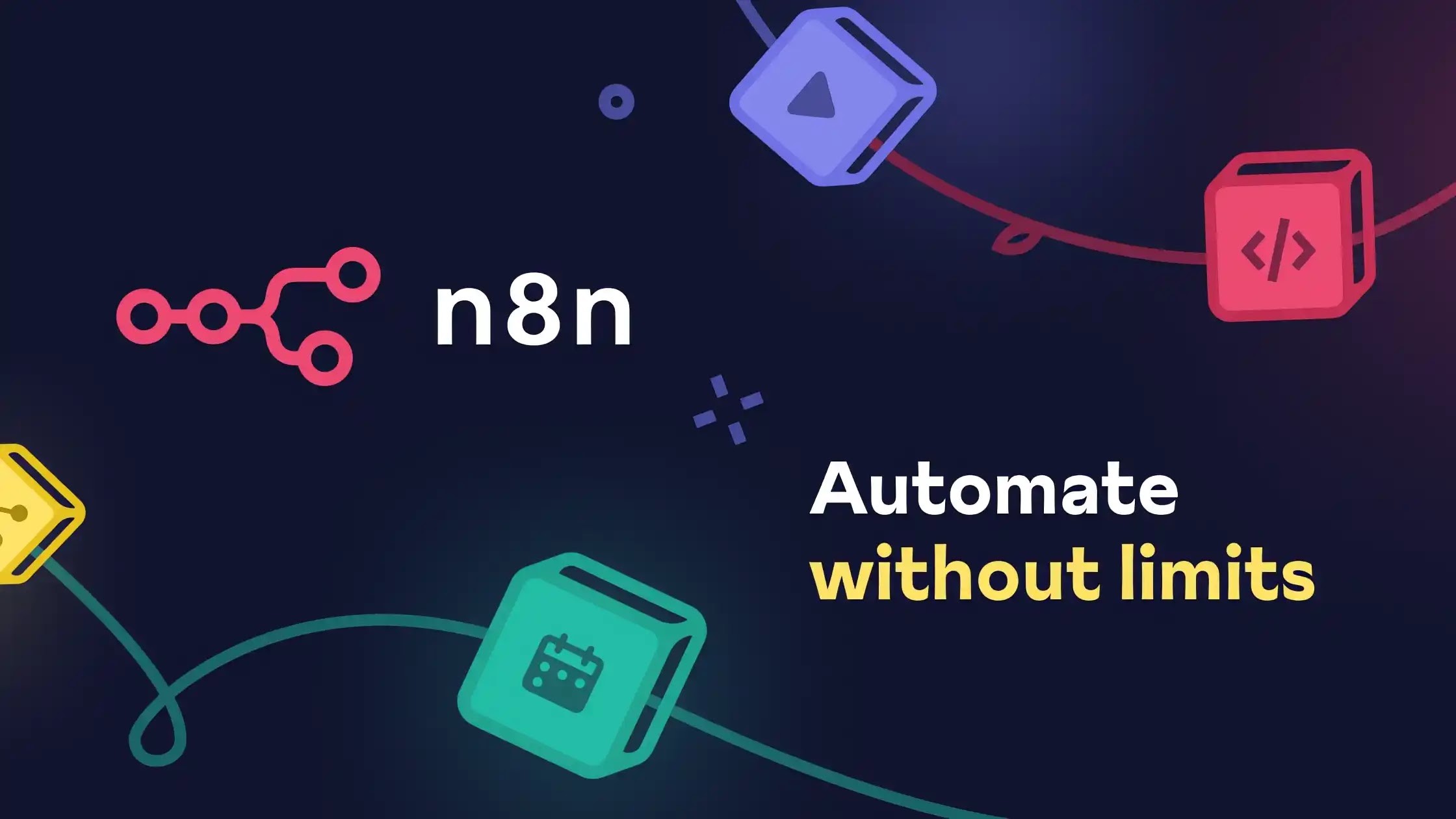In 2025, the landscape of workflow automation has drastically changed in favor of AI-native platforms, with n8n emerging as a top option for creating complex, end-to-end AI workflows. In contrast to conventional automation technologies, n8n allows businesses to develop intelligent systems that can make decisions, comprehend context, and dynamically adjust to changing circumstances.
The AI-Native Architecture of n8n
With its sophisticated LangChain integration and roughly 70 dedicated AI nodes for creating intricate workflows, n8n markets itself as a genuinely AI-native platform. As a result, programmers may design complex AI applications that easily integrate several language models, vector databases, and outside services. Additionally, both technical and non-technical users may orchestrate AI components without requiring a great deal of coding knowledge because to the platform’s visual node-based editor.
When new logic is needed, developers can write Python or JavaScript code right into nodes thanks to the framework’s ability to combine visual building and code integration. Users can also include extra libraries via PyPI or npm, which greatly increases the functional possibilities beyond what is possible with conventional automation.
Technical Architecture and Integration
N8n’s architecture excels at connecting diverse AI components through its comprehensive integration ecosystem. The platform supports over 500+ integrations including various LLMs, vector stores, MCP servers, and external APIs through HTTP request nodes. Therefore, developers can create complex AI workflows that pull data from multiple sources, process it through different AI models, and deliver outputs to various endpoints.
Vector Database Integration: n8n seamlessly integrates with vector databases like Pinecone and YugabyteDB, enabling retrieval-augmented generation (RAG) systems that combine semantic search with language model reasoning. Additionally, the platform’s visual workflow designer makes it easy to configure embedding generation, similarity search, and context retrieval processes.
Multi-Model Orchestration: The platform makes it possible to integrate various AI models into intricate processes, resulting in intelligent automations that can produce, analyze, and understand material with little assistance from humans. As a result, businesses may create AI systems that use the most appropriate model for every particular task within a single workflow.
Advanced Features for Workflow
n8n sets itself apart from less complex automation platforms with its advanced workflow management features. Complex branching, looping, and dynamic adaptation to AI outputs are all supported by the system, allowing for subtle development that adapts to shifting circumstances. Additionally, the platform has data replay capabilities that allow you to test changes without having to wait for outside services or resubmit API calls.
Error management and Monitoring: Robust error management and notification systems are part of advanced workflows, which guarantee steady operation even in the event that external AI services encounter problems. Technical teams may also easily diagnose and optimize thanks to inbuilt logging and visual workflow depiction.
Human-in-the-Loop Integration: n8n is highly skilled in developing processes that combine automated AI processing with human supervision and judgment. In delicate applications where human judgment is still crucial for ethical and quality assurance, this talent is indispensable.
Benefits of Scalability and Performance
Businesses that are adopting n8n AI workflows report notable cost and productivity savings. StepStone uses n8n’s automation features to cut integration time from two weeks to two hours, while Delivery Hero saved 200 hours per month with a single workflow. Furthermore, total control over data sovereignty and compliance standards is offered via the platform’s self-hosting choices.
Development Speed: AI systems may be quickly prototyped and deployed thanks to the visual workflow builder and large template library. More than 2,195 AI workflow templates are available for developers to start with and modify for certain use cases, significantly cutting down on development time.
Benefits of Scalability and Performance
Businesses that are adopting n8n AI workflows report notable cost and productivity savings. StepStone uses n8n’s automation features to cut integration time from two weeks to two hours, while Delivery Hero saved 200 hours per month with a single workflow. Furthermore, total control over data sovereignty and compliance standards is offered via the platform’s self-hosting choices.
Development Speed: AI systems may be quickly prototyped and deployed thanks to the visual workflow builder and large template library. More than 2,195 AI workflow templates are available for developers to start with and modify for certain use cases, significantly cutting down on development time.
AI Architecture Ready for the Future
As AI applications get more complex, n8n’s strategy fits with the industry’s shift toward collaborative, stateful systems that can change with the times. The platform’s multi-agent capabilities and native AI integration put businesses in a position to handle next-generation AI applications that need intricate coordination and human supervision.
Using n8n to build end-to-end AI workflows is a calculated approach to automation that blends the speed of visual configuration with the flexibility of custom programming. Faster deployment, lower development costs, and the capacity to build complex AI systems that really comprehend and react to business needs give organizations using this platform a competitive edge. N8n’s all-encompassing strategy guarantees that businesses stay on the cutting edge of intelligent automation capabilities as the landscape of AI workflow automation continues to change.
